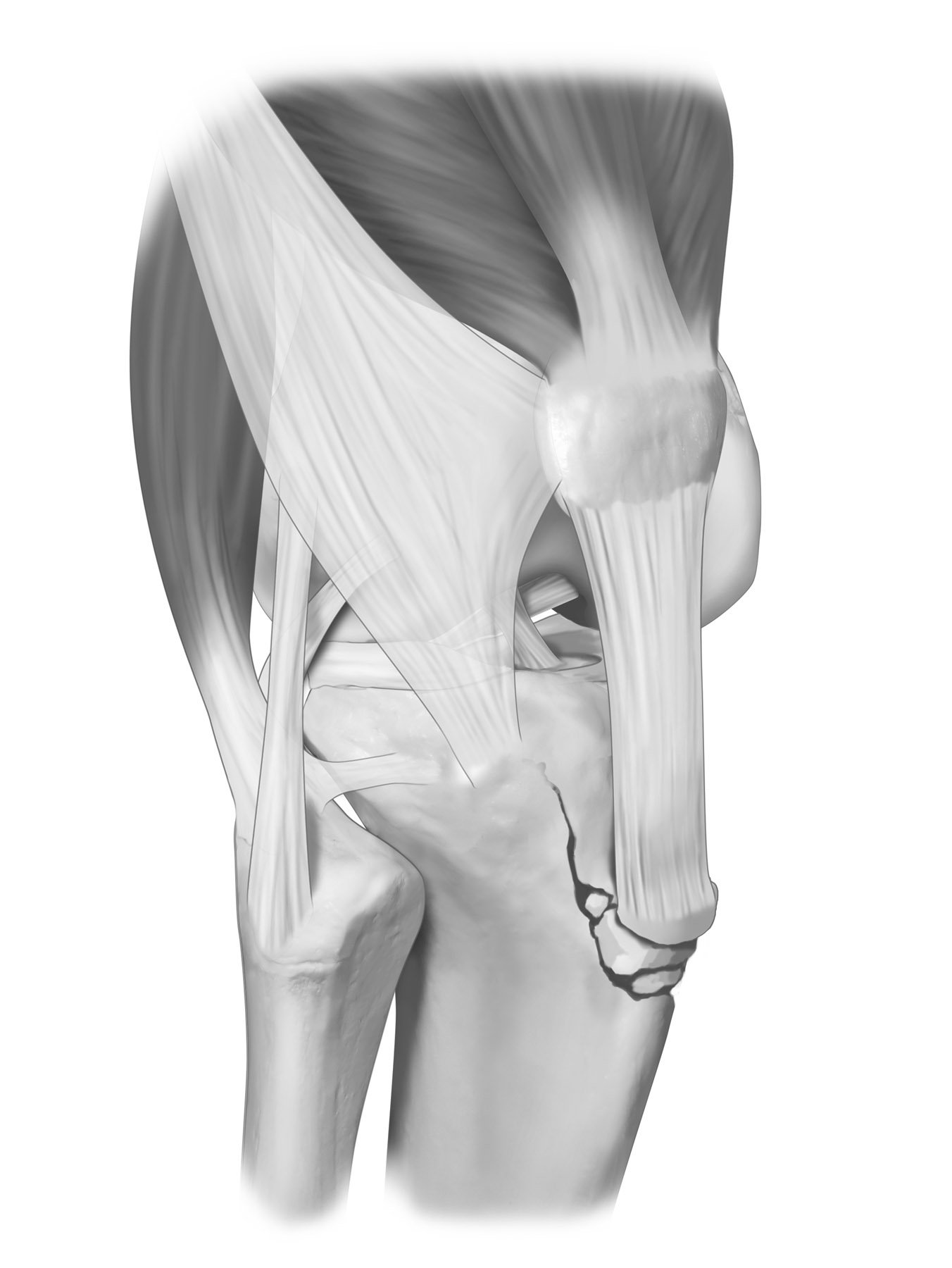Knee Dislocation
What is it?
A knee dislocation is a serious injury to several ligaments around the knee that results in the knee being slipped out of place, with the thighbone no longer centered on the shinbone.
How does it get hurt/damaged?
Knee dislocations most commonly happen one of two ways: either in a sporting event, where an athlete takes a direct blow to the knee, or in a high velocity incident such as a car crash or fall from a large height.
How common are knee dislocations?
Relatively uncommon. There are fewer than 5,000 per year in the United States.
What is the severity of the injury and the treatment options?
Knee dislocations are a serious injury. While ligament damage can cause a problem, the damage to the blood vessels around the knee can make these injuries potentially limb- and life-threatening.
In a sporting injury, it’s essential to perform a reduction of the dislocation and a close assessment to ensure that the artery and nerves to this extremity are intact.
A knee dislocation caused by a fall or car crash can be more serious because the other parts of the knee (skin, blood vessels, soft tissues, and such) can be severely damaged. Studies show that if there is an injury to the artery and it’s not treated within the first eight hours after injury, the rush of amputation of the leg is almost 90%.
With the possibility of a knee dislocation, you should go to the emergency room right away. This provides an opportunity to get a close and thorough assessment of pulses and overall status of the potential injury.
What is my recovery timeline and the anticipated outcome?
Surgery for a knee dislocation is serious. Patients should seek the attention of surgeons who perform these surgeries often, because the learning curve can be steep. The expected result of these injuries can vary depending on the type of injury. Most individuals with sporting injuries can expect to be back to their full capacity, but individuals who experience their injury through a high velocity crash often do not achieve a complete recovery back because of multiple structures being involved.
After surgery, patients will be on crutches with little to no weight bearing for a minimum of six weeks. It may take an additional few weeks after the initial six to get back to driving, and a full return can take 9-15 months post-operation.

